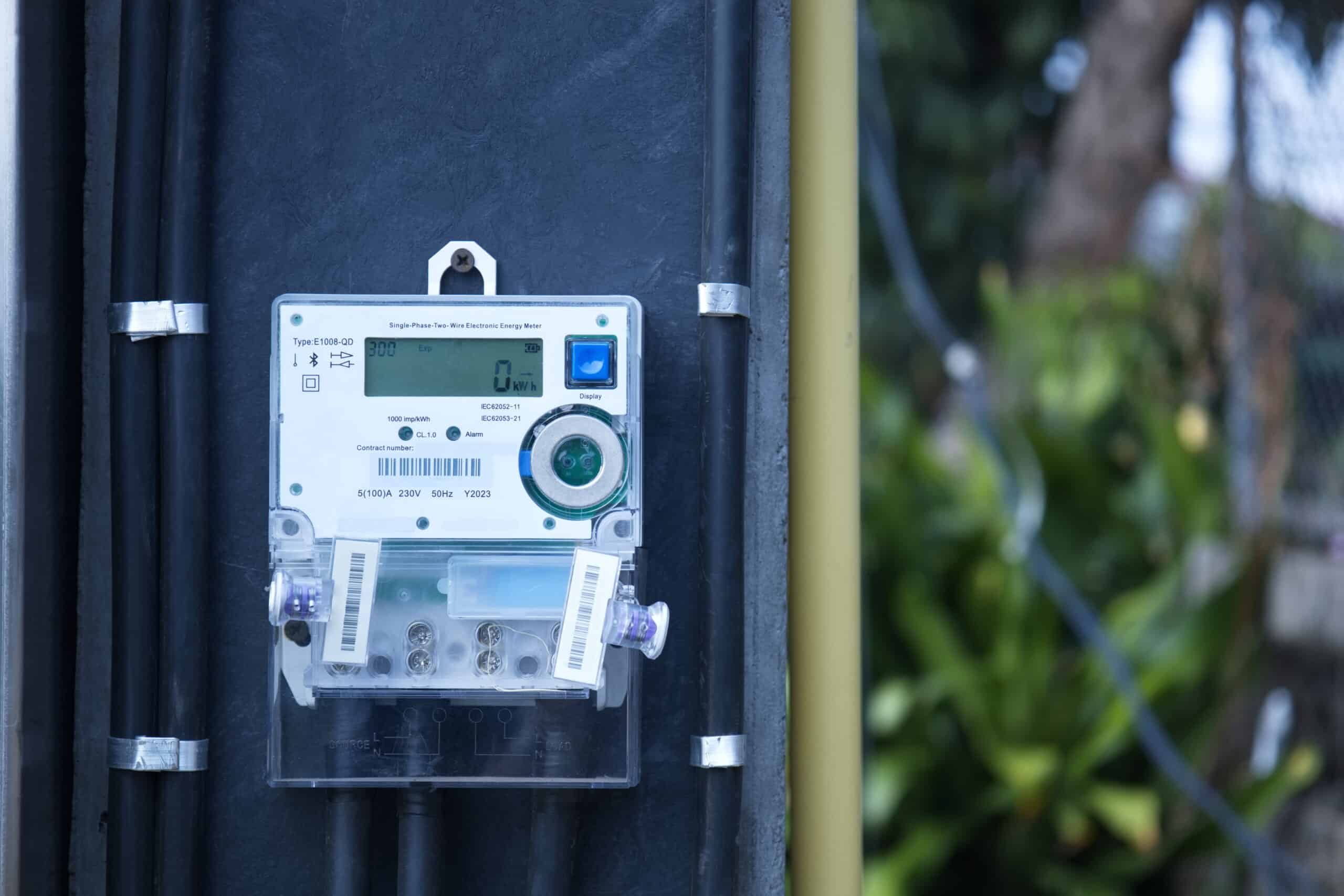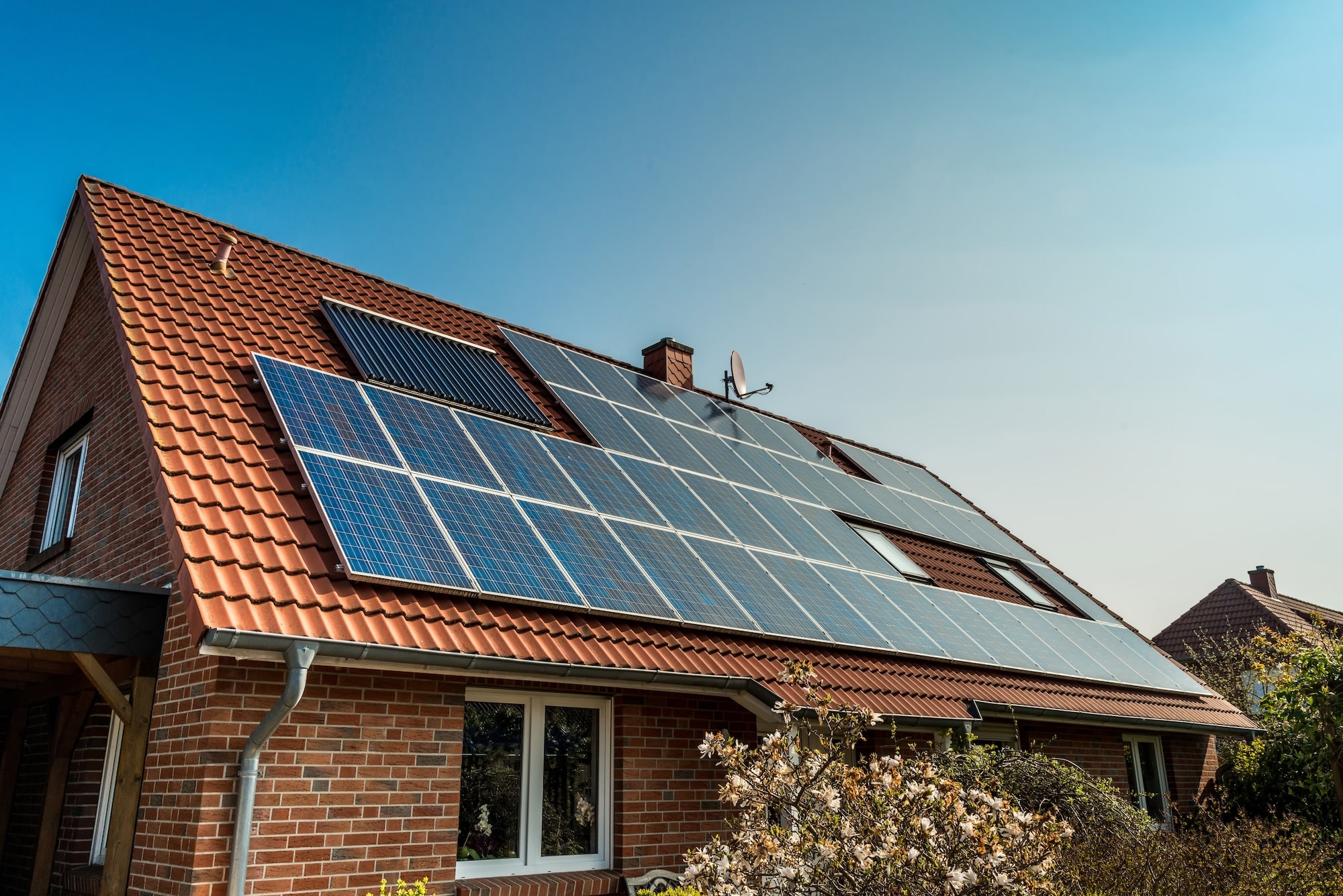If you’ve got solar panels on your roof, you probably check your energy bills now and then. But how often do you check what your system is actually producing?
That’s where this solar generation meter guide comes in. Most homes with PV setups have one—it’s usually a little display mounted near your fuse box or inverter, quietly tracking how much electricity your panels are generating.
This guide shows you how to read that meter, spot signs of underperformance, and understand what’s normal for your area and system size. Whether you’ve just had solar installed or you’ve had panels for years, it’s worth learning what those numbers can tell you.
Understanding Your Generation Meter
Somewhere in your home—likely near the inverter—you’ll find a small digital box. That’s your generation meter. It doesn’t look like much, but it’s how you know your solar PV system is doing its job.
The main number to watch is measured in kilowatt-hours (kWh). That’s the total amount of electricity your panels have produced over time—not what you’ve used, just what they’ve generated. It’s a bit like a car’s mileage counter, but for sunlight.
On certain meters, pressing a button might show more info, like current output in watts. Not all models do this, but the cumulative kWh reading is what most people use to track system health or submit export readings.
You don’t need to check it every day, but getting into the habit of glancing at it monthly can help spot issues early—before they cost you real savings.
How to Read & Track Performance (Step-by-Step)
Checking your solar system’s performance isn’t complicated—you just need a few minutes and something to jot notes on. Here’s how to do it:
Step 1: Find your generation meter
It’s usually mounted near your fuse board or inverter—often in a utility room, garage, or hallway cupboard. Most have a digital screen and may cycle through readings automatically or have a button to press.
Step 2: Record the reading
You’re looking for the total generation figure—shown in kWh. Jot it down at the same time each day or week (say, every Sunday morning), so you can spot trends.
Step 3: Work out what to expect
Your installer may have given you an estimate at installation. But as a general rule, a well-placed 4kW system in Gloucestershire might generate around 3,800 kWh per year—about 10.4 kWh per day on average. That’s just an average—sunny summer days could reach 20+ kWh, while gloomy winter days might produce only 1 or 2.
Step 4: Compare actual vs expected
Don’t panic over a low day or two—weather makes a huge difference. Instead, watch for longer patterns. If your system’s consistently producing far less than expected for the time of year, it’s worth investigating.
Step 5: Check the inverter too
Most inverters have a green light for “everything’s fine” and a red or orange one for errors. If the light isn’t green, or there’s an error code, something may be up.
Step 6: Look around
Any visible shading from trees or build-up of dirt on the panels? Have any breakers tripped? A quick visual check can sometimes spot the issue without tools or ladders.
What Is “Normal” Output?
One of the most common questions we get is: “How much should my system be generating?” And the honest answer is—it depends.
A well-installed 4kW solar PV system in the South-West might produce somewhere between 3,400 and 4,000 kWh per year, depending on how much sun we get, your roof angle, and shading. That averages out to around 9 to 11 kWh per day—but that’s just the middle ground.
In summer, you could easily see 20+ kWh on a clear day, while a damp, overcast January afternoon might give you barely 1 or 2. This kind of seasonal swing is completely normal.
If you’re seeing low numbers in winter, that’s not necessarily a fault—it’s just the weather doing what it does best. But if output is consistently down compared to the same time last year, it might be time for a closer look. For a deeper dive into optimising every aspect of your installation—from generation monitoring to maintenance—take a look at National Energy Action’s Understanding Your Solar PV System and Maximising the Benefits report.
Troubleshooting Low Performance
If your solar output seems lower than expected—and it’s not just a stretch of bad weather—there are a few things you can check before calling in help.
- Dirt or debris: Dust, bird mess, or autumn leaves can cut generation. If it’s visible from the ground, a gentle rinse with a garden hose might help.
- Shading: Overgrown trees or a new structure nearby? Even partial shade can affect the whole system.
- Inverter issues: A red or flashing light on the inverter often points to a fault. Some models even show error codes—worth checking the manual or searching online.
- Tripped breakers: Sometimes, a flipped switch in the fuse board can take the system offline without you realising.
- Unexpected zero readings: If your generation meter isn’t ticking up at all on a bright day, something’s likely not right.
If in doubt, best not to guess—skip the ladder and call in a pro. And for peace of mind, why not explore Hewer FM’s renewable services for expert on-site checks, diagnostics and maintenance advice?
Maintenance & Next Steps
Like anything around the home, solar panels work best with a little attention now and then. You don’t need to obsess over the meter daily, but taking a quick reading once a month is a good habit.
A gentle clean once or twice a year—especially after spring pollen or autumn leaves—can help too. Just use a hose from the ground if it’s safe, and never climb up yourself.
If something still seems off, give us a shout. Hewer FM offers checks, diagnostics, and advice on getting your system back to peak performance—no guesswork required.
Conclusion
Your generation meter is a small device with a big role—keeping you informed about your solar system’s performance. With a few regular checks, you can catch issues early and protect your investment. And if something seems off, Hewer FM’s here to help—whether it’s advice, inspection, or getting your panels back to full strength.





